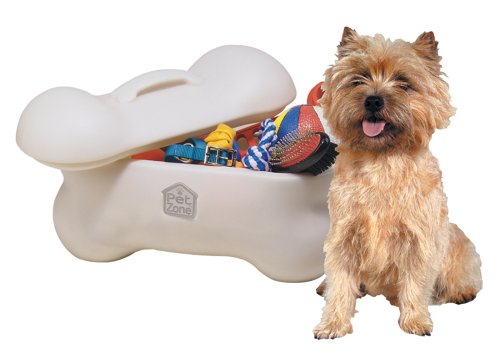
It will make for a more obedient and happy dog if he lives in the house with you, being a social being and wanting to be part of a pack (family). Now if you've started early and got your dog as a pup, these steps usually go quicker. If you have a full grown dog that has never been off leash, take heart and don't try to rush things, it will work if you follow the steps.
Before you feed or take him for a walk, get him to come when called in the house first. Reward always when he comes, be sure to give no negative associations to the command. Use those everyday happy times to associate the word "come" to.
Get the dog to come to you on a loose short leash and work on keeping it slack by changing direction the moment the leash gets taught, so the dog will begin to pay attention to you and follow you. When you say the dog’s name and he looks up at you, you have his attention. The moment the dog listens and turns, praise with a big “Good!” or treat, whichever your dog really responds to the greatest. Eventually a “Good” or “Good boy” will suffice.
While you are practicing walking your dog with the short leash, get him to obey simple commands like sit and stay. Which you can practice in the house first, then move to a more distracting area. Remember to praise immediately. These are the building blocks that are making for your new off leash dog.
Now graduating to a long 20-30 foot leash, bring the dog on your regular walk at a time of day with few distractions and lots of space and let the lead out. Before he starts to pull, call his name and say "come". If he comes, reward with praise, and let him go again. That is the release reward, which is the eventual only reward needed. If he doesn’t come, gently tug on the leash and real him back in and have him sit. Then you say a command like “OK,” or “Go ahead” and let him go again. Keep doing that until he is consistently responding to your “Come” command.
Then you can practice in a safe place for short distances with your dog off leash, doing the same thing you did on the long leash. Gradually getting longer times off leash. Get to know your dog well while he is on the leash by paying attention to how well he listens in familiar and unfamiliar environments.
To gain further obedience, practice on the long leash in more distracting areas, like a park with kids, other dogs, and geese, or on a trail with other dogs and hikers, until your dog listens through these distractions.
It is never fool proof, so you are taking some risks letting your dog be free. After spending all this time with your pet, you will know his behavior quite well and what to expect. You will have learned what may be too much for your animal and put him safely back on the lead ahead of time. As the dog owner, you will automatically scan your environment for any possible problems that might tempt your dog to run off and stop listening momentarily. Time spent in a distracting area where your dog listens to you well on the long line, will let you know he will most likely obey being off line there also. The responsible pet owner is careful to keep it safe and fun for her dog at all times, and when the area calls for it, she will keep her dog on the lead.
 Family Labradoodle
Credit: Matt K
Family Labradoodle
Credit: Matt K
 The Effects of Nicotine and Secondhand Smoke on Your Dogs
Credit: CDC (PHIL) - Public domain
The Effects of Nicotine and Secondhand Smoke on Your Dogs
Credit: CDC (PHIL) - Public domain
 Catch Him Being Good
Many people find that they d
Catch Him Being Good
Many people find that they d
 The Importance Of Feeding Your Dog Fish Oil
Most people are convinced th
The Importance Of Feeding Your Dog Fish Oil
Most people are convinced th
 5 Cute Dog Toy Storage Ideas
If you have a dog and/or mul
5 Cute Dog Toy Storage Ideas
If you have a dog and/or mul
Copyright © 2005-2016 Pet Information All Rights Reserved
Contact us: www162date@outlook.com